How to play the Old Course
GM Top 25 coach Steve North shows you what to look out for


The Old Course at St Andrews Links is the most famous golf course in the world and a certainty to be on every golfer’s ‘bucket list’.
The Old Course at St Andrews Links is the most famous golf course in the world and a certainty to be on every golfer’s ‘bucket list’.
Director of instruction at St Andrews Links and GM Top 25 coach, Steve North, selects key moments in any round at the Home of Golf, explains the challenge and offers some tips to master links golf.

1st: Master the nerves
Whether you are Tiger Woods, Rory McIlroy or a typical handicap golfer, we all get nervous on the first tee. A wide-open fairway, that to the average spectator seems unmissable, might look like the ideal place to initiate your round but with images of Ian Baker-Finch’s hook (followed by his visor flying away with the wind) and a large St Andrews crowd looking on, this one comes with its own unique intimidation factor.
Get the Golf Monthly Newsletter
Subscribe to the Golf Monthly newsletter to stay up to date with all the latest tour news, equipment news, reviews, head-to-heads and buyer’s guides from our team of experienced experts.
So whether it’s the Old Course in the Open or your home club in the monthly medal, the trick to mastering the first tee is channelling your thoughts effectivelyto attain that same feeling you would have when playing in a friendly – ideally that’s achieving a relaxed swing and centred strike. Therefore you need to fall back to your pre-shot routine.
This drive poses a few unique strategic challenges. If it’s downwind and you’re a strong hitter you need to think about the burn in front of the green. Avoid getting too close to that as a short pitch off a tight lie over water is not something most of us want from our second shot of the day. So select a club that will leave you in the widest part of the fairway.
A good pre-shot routine covers understanding the wind, your lie, the distance you need to hit the shot and, ultimately, the correct club. Once this has been determined you are then looking at your target area and where you need to start the ball to achieve that goal. I’d encourage you to try and leave your ball in the widest part of the fairway.
Pick a spot in the distance to aim at – as the opening hole on the Old Course is so wide it can be easy to let your aim drift so be precise about where you want to hit the shot. Once you’ve made all those selections, you must keep focused on the execution – do not think about where you are, who’s watching, what your playing partners are doing. Simply focus on your shot, keep relaxed and make a good swing.
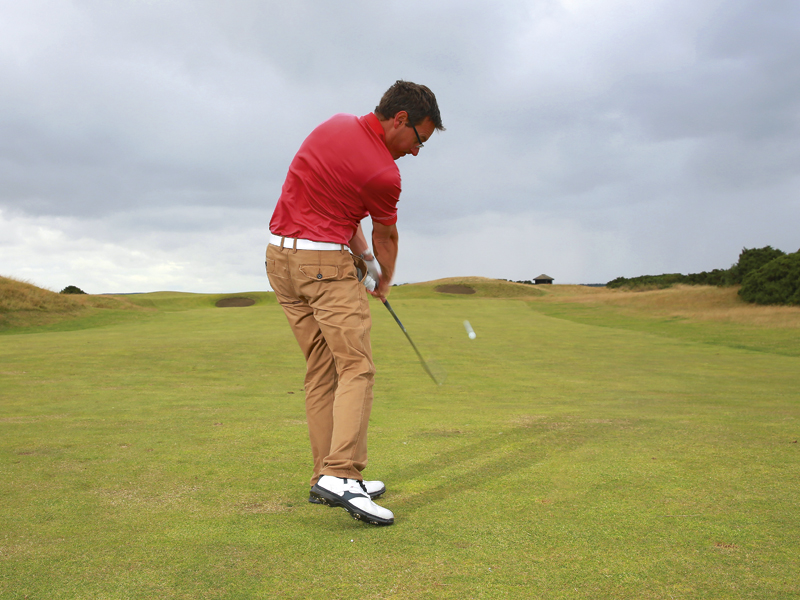
5th: Long iron approach
The 5th is one of my favourite holes on the course because it is a classic par 5 with risk and reward throughout.
Standing on the tee, you are acutely aware of the Seven Sister bunkers on the right - visit these and you’ll be struggling to make a par. The left side of the fairway is more appealing, but the further left you go leaves a blind second shot.
My drive is in the centre of the fairway and I’m trying to thread a long iron between the Spectacle bunkers in an effort to reach the green in two. The green measures 100 yards from front to back, so you'll need to consider pin position here. Another factor is the large ‘dip’ in front of the green. An approach landing on this upslope will ‘kill’ the ball.
If you opt for the long iron approach, set the ball just forward of centre in your stance at address. Rotate your upper body to the top of the backswing – the resistance between you upper and lower body here is essential to provide with the speed you need to get the ball airborne without forcing you to hit the ball too hard. Swing through into a full and balanced finish.

14th: Avoiding Hell
Come the Open Championship, ‘Hell’ will appear exactly the same as it has in previous Open Championships, but it was effectively re-built over the winter of 2014/15.
‘Hell’ is an extremely intimidating bunker because of its position on the course and its sheer size. Any slightly mishit second or third shot will be gobbled up into this vast space, and from there it's down to the golfing gods. If your ball rolls up to the huge face at the front of the bunker, you have little option but to splash out. However, if your ball is more towards the back of the bunker, you will be able to get a medium or short iron out towards, or potentially onto, the green.
If you go for the latter, the challenge posed is all about finding a good strike. That’s why you must focus on setting and retaining a good spine angle. Posture and ball striking go hand-in-hand so concentrate on maintaining your height from address, to the top of the backswing and down to impact. Aim to clip the ball off the top of the sand and you should be able to reach the green with a mid iron.
One thing is for sure, you’ll not want to visit Hell but give it a knowing nod on your way past instead.
17th: Think smart
The 17th on the Old Course is quite possibly the most difficult hole in golf. From tee to green there is so much to contend with, you’re never truly safe until you’re picking your ball out of the hole.
After you’ve selected a letter on the wording of the old sheds in front of you on the tee and hopefully executed a good drive, you are then presented with a long iron, or a fairway wood into a very narrow green. With the Road Hole bunker positioned on the left and a road on the right of the green, the approach is a real test of your golfing nerve. The ideal position after two shots is on or short of the front right of the green.
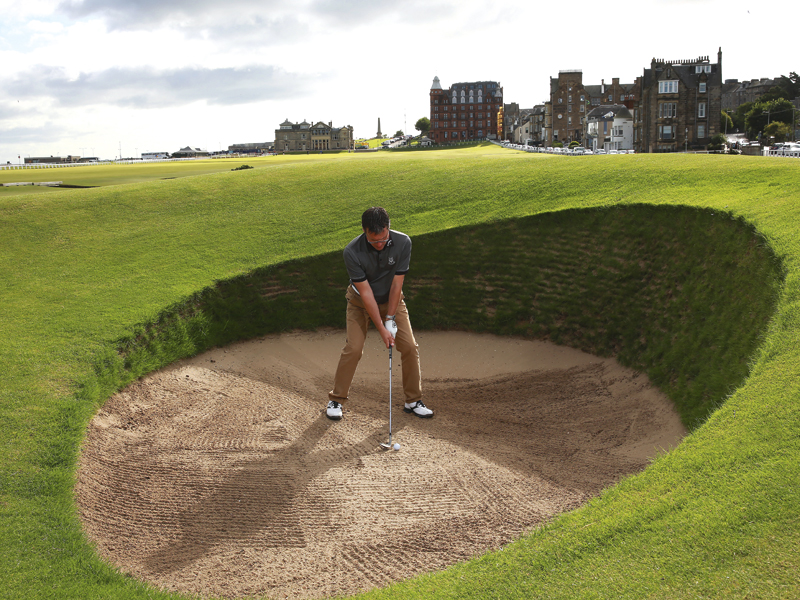
From the bunker
This bunker shot is difficult because not only do you have to deal with a sheer face but if you hit the ball too far you'll end up on the Road. A sound greenside bunker technique is a must.
Shuffle your feet into the sand and open your stance so that your feet, hips and shoulders are all aiming to the left of the target. Select your most lofted wedge and open the face. Importantly, you need to do this before taking your grip. Simply aim to strike the sand an inch before the ball and drive through to a full finish position. Above all, commit to the shot. Try not to let the Road bunker intimidate you and with good fundamentals you should be fine.
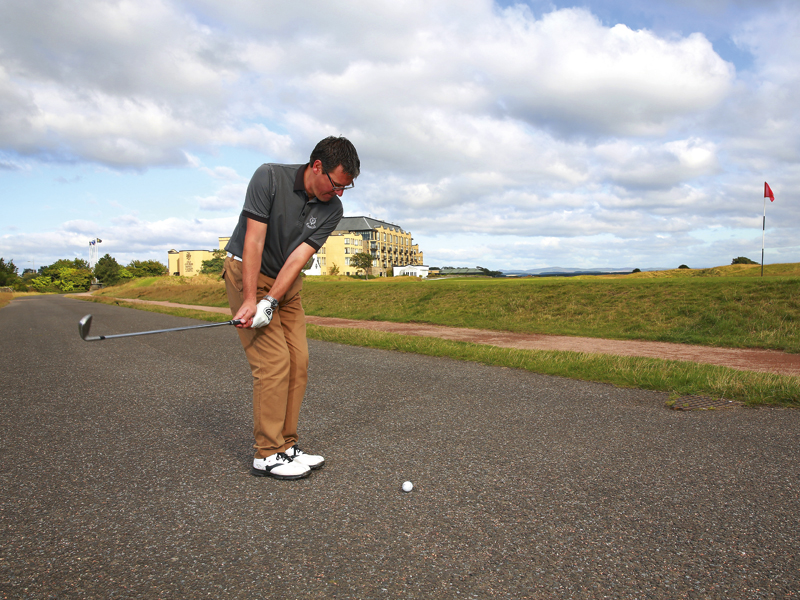
From the road
If you push your approach, you could well end up on the Road to the right of the green. This is an integral part of the course, therefore you have to play it, or take a penalty. The difficulty, and where I see most people struggle with this execution, is down to the fact that a lofted club is used. The safer and easier option is to use the seven iron and play it as a chip and run up the slope. The difficulty here is in the fact that there is rough on the bank next to the green, so you are gambling on a good bounce.
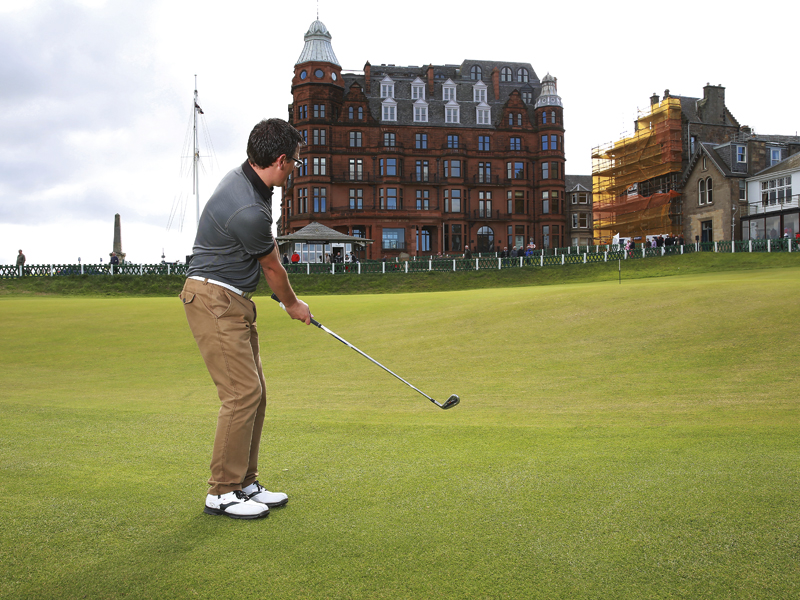
18th: Birdie finish
As you look down this fairway, you won't need reminding that there is not a more photographed image in golf.
The hole itself should be very easy - it’s only a 357 yards with no bunkers - but you have to take into account where you are and the inevitable crowds lining the hole. It becomes a joyful yet intimidating hole for anyone, not least those vying for the Claret Jug.
Granny Clark
A good drive into the widest part of the two fairways will set you up for a short iron approach to the green. Just be aware that in normal conditions you’ll not be driving the green. You should be more concerned about not leaving your drive on Granny Clark’s Wynd (the Road that runs over the fairway), as this is also an integral part of the course. If you are in this scenario, move the ball forward in your stance and aim to collect the ball as cleanly as possible.
Valley of Sin
For those who get a little closer to the green, you’ll now be facing a shot over the Valley of Sin. My advice is to look at the running option, up and through the valley, rather than looking to play a short pitch from a very tight lie. Finding the perfect strike in this scenario is tricky so take this out of the equation and opt for a chip and run. For this, take your putting stance and grip and concentrate on keeping your wrists firm through the stroke (no flicking at the ball). A shallow angle of attack should deliver a clean contact, a low flight and plenty of run.

Location: St Andrews Links
Steve is responsible for the delivery of the world class instruction and customisation at St Andrews Links, and has ultimately helped establish the Golf Academy as a respected innovative leader in the industry. Specialising in the use of analysis software and technology, he continues to keep at the very forefront of instruction. He has gone on to play pivotal roles for the Scottish Golf and University of St Andrews coaching programmes. During this time, he has also coached numerous players to national titles across the globe. Over the years, Steve has conducted golf clinics for some of the world’s leading corporations, including Allianz, Brooks Brothers, HSBC, Credit Suisse, RBS, Chase Manhattan Bank, BMW, Audi, Bayern Munich FC and FedEx.
Students learn best when....
They fully understand their swing DNA. Most golfers do not fully understand why things happen in their golf swing, both positively and negatively. Once you fully understand you can make huge strides in developing your game.
Most significant influences on your teaching:
There have been many individuals who have played a significant role in my development over the years, but none more so than David Leadbetter. I was fortunate enough to work for David for many years in the Far East and leaned an incredible amount relating to the physics, synchronisation and timing of the golf swing. Out with David, I would credit TrackMan, who have developed an incredible technology, which in turn has enabled us to explain a whole host of data to clients in an understandable manor. Undoubtedly, this has helped revolutionise instruction and custom fitting.
Biggest challenge:
Dispelling myths relating to the golf swing, stats and course management.
-
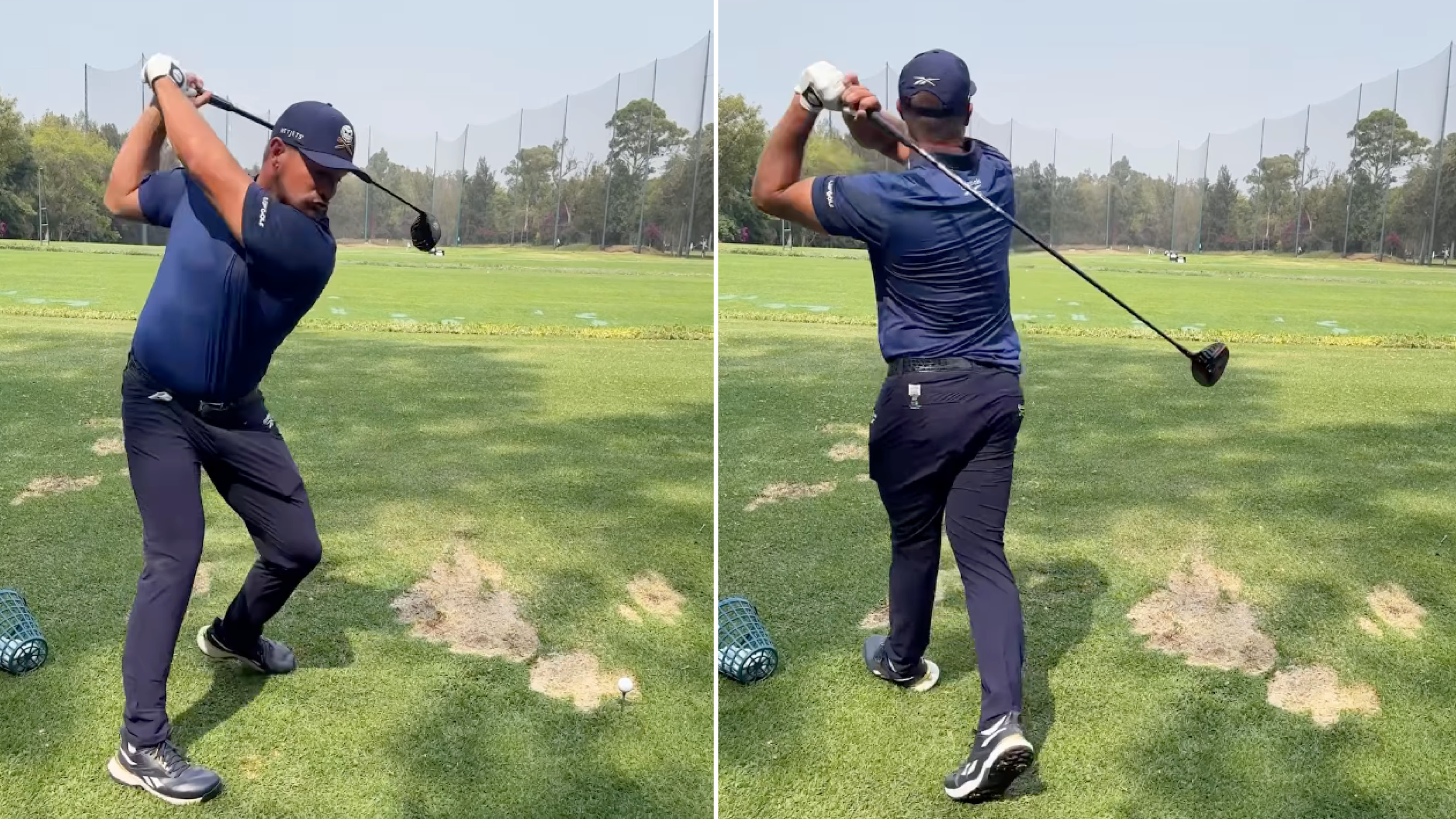 Watch Bryson DeChambeau Smash 400+ Yard Monster Drive In LIV Golf Mexico Practice
Watch Bryson DeChambeau Smash 400+ Yard Monster Drive In LIV Golf Mexico PracticeDeChambeau is hitting mega drives this week in the 7,800ft altitude setting of Golf Club de Chapultepec in Mexico City
By Elliott Heath
-
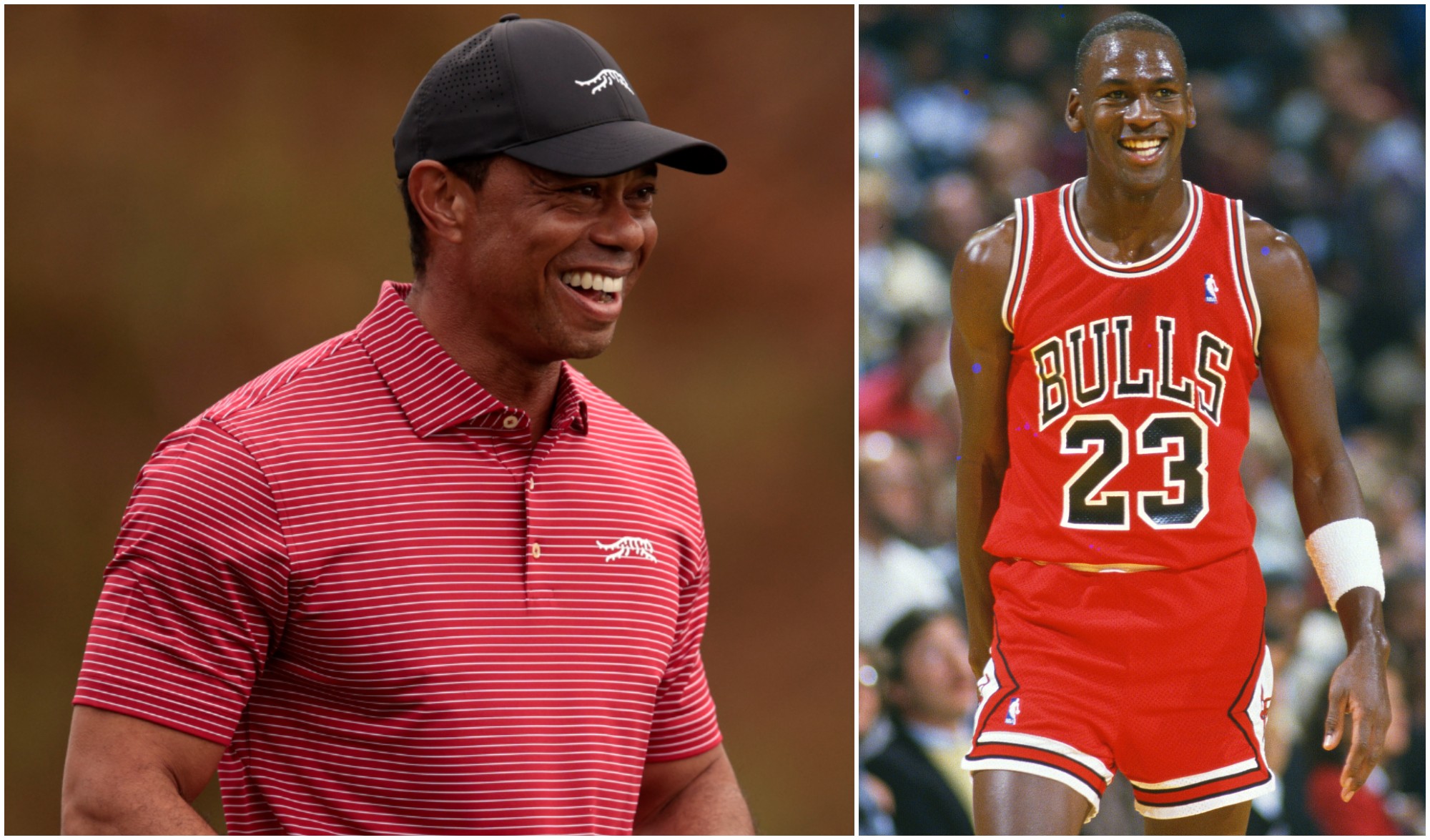 Tiger Woods Heads 8 Golfers To Make All Time Rich List Of Top 50 Highest Paid Athletes
Tiger Woods Heads 8 Golfers To Make All Time Rich List Of Top 50 Highest Paid AthletesTiger Woods is the second highest paid athlete of all time behind only Michael Jordan in a new top 50 rich list from Sportico
By Paul Higham
-
 Who Is Bob Rotella? The Man Behind Rory McIlroy’s Masters Run
Who Is Bob Rotella? The Man Behind Rory McIlroy’s Masters RunMeet the person who has become an important member of McIlroy's close team
By Michael Weston
-
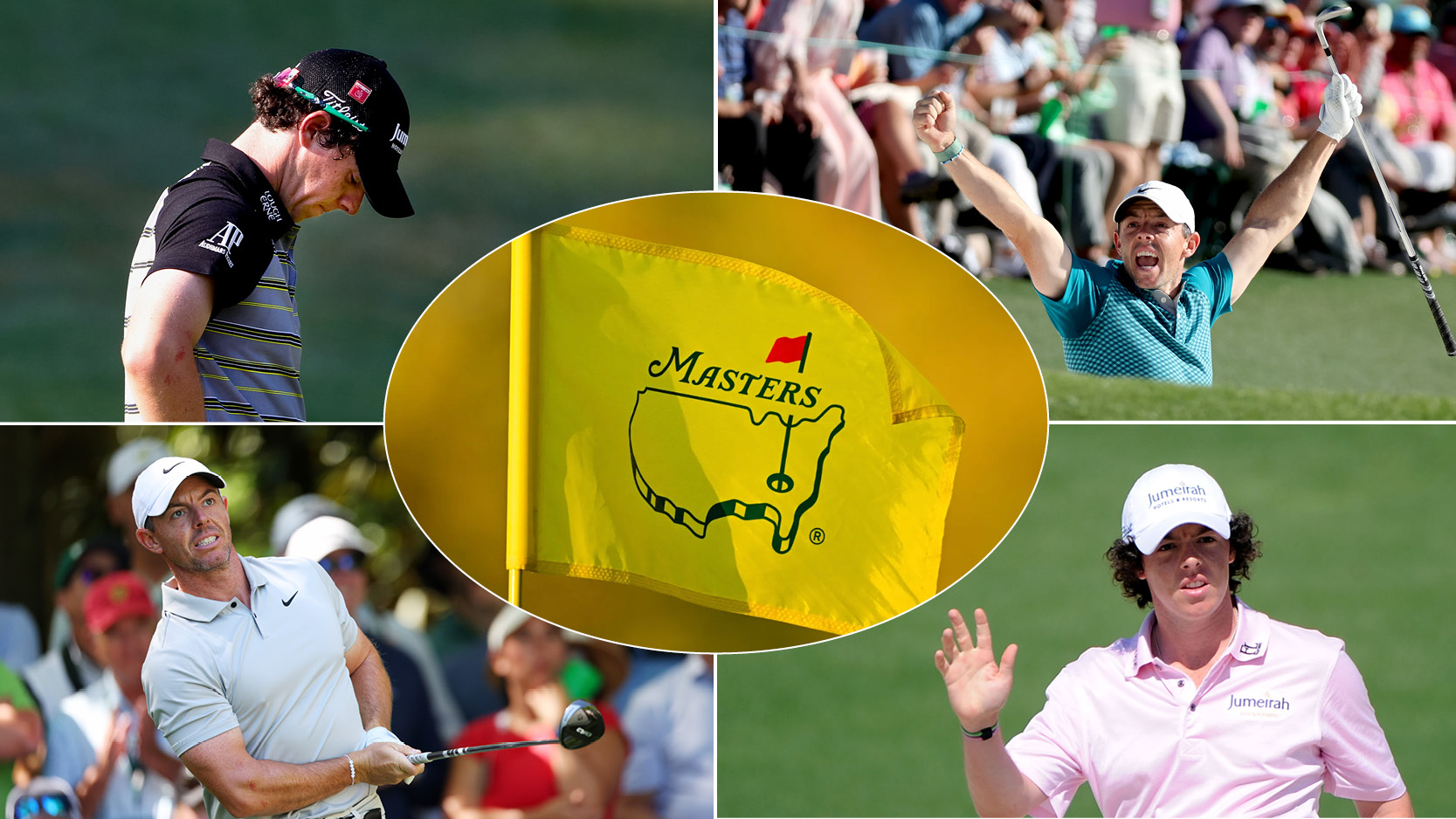 What Is Rory McIlroy's Masters Record?
What Is Rory McIlroy's Masters Record?The Northern Irishman is yet to win the first Major of the season, but he has come close on a couple of occasions - here is McIlroy's Masters record in full...
By Jonny Leighfield
-
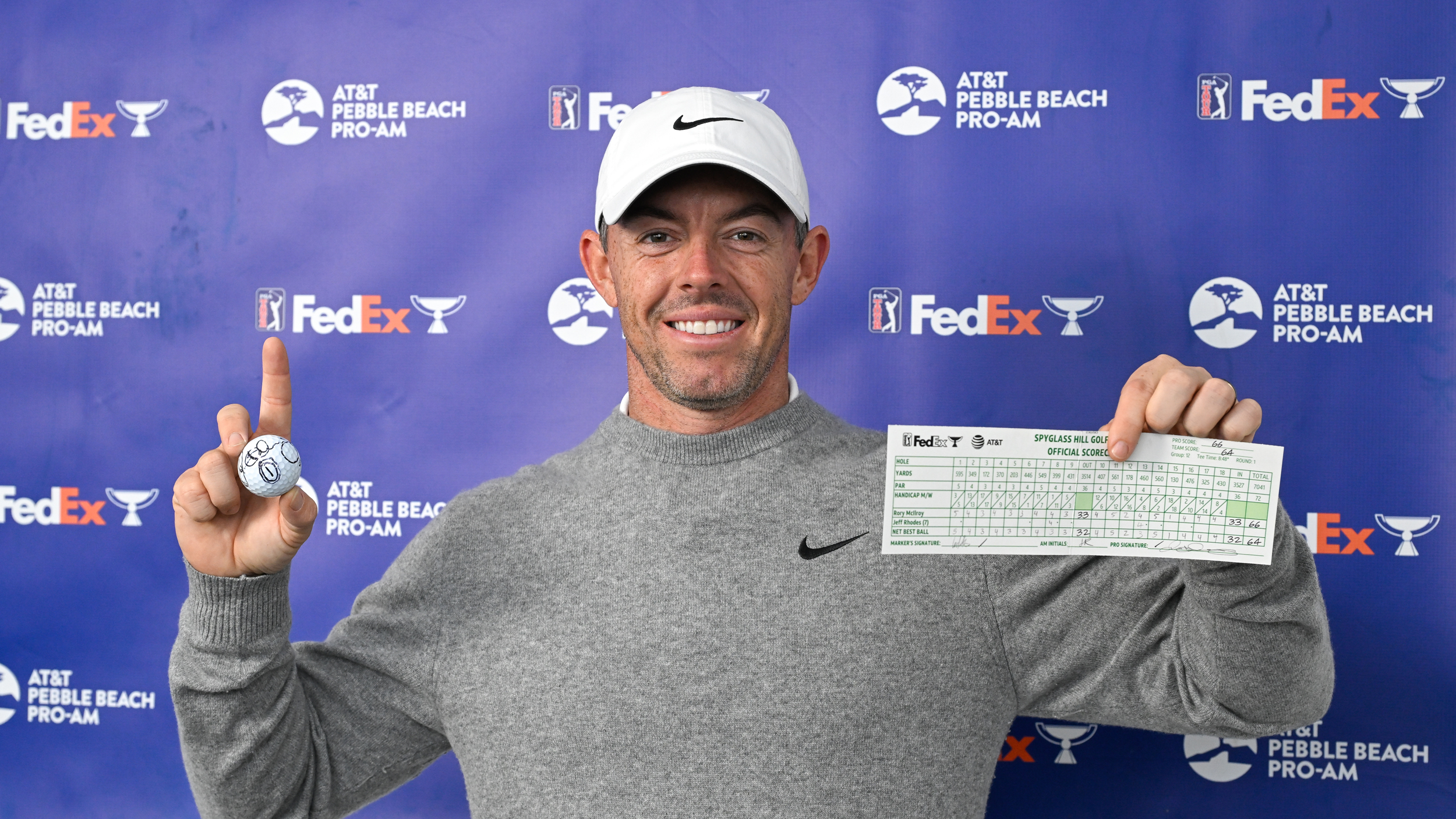 How Many Times Has Rory McIlroy Made A Hole-In-One In His Career?
How Many Times Has Rory McIlroy Made A Hole-In-One In His Career?The Northern Irishman has claimed multiple victories and countless awards during a professional career that began in 2007, but how many aces has he made?
By Jonny Leighfield
-
 9 Big Name Golfers Who Didn’t Go To College
9 Big Name Golfers Who Didn’t Go To CollegeNot every player who makes it in the professional game had the benefit of a college golf career - here are nine of the biggest names who made their names without taking that route
By Mike Hall
-
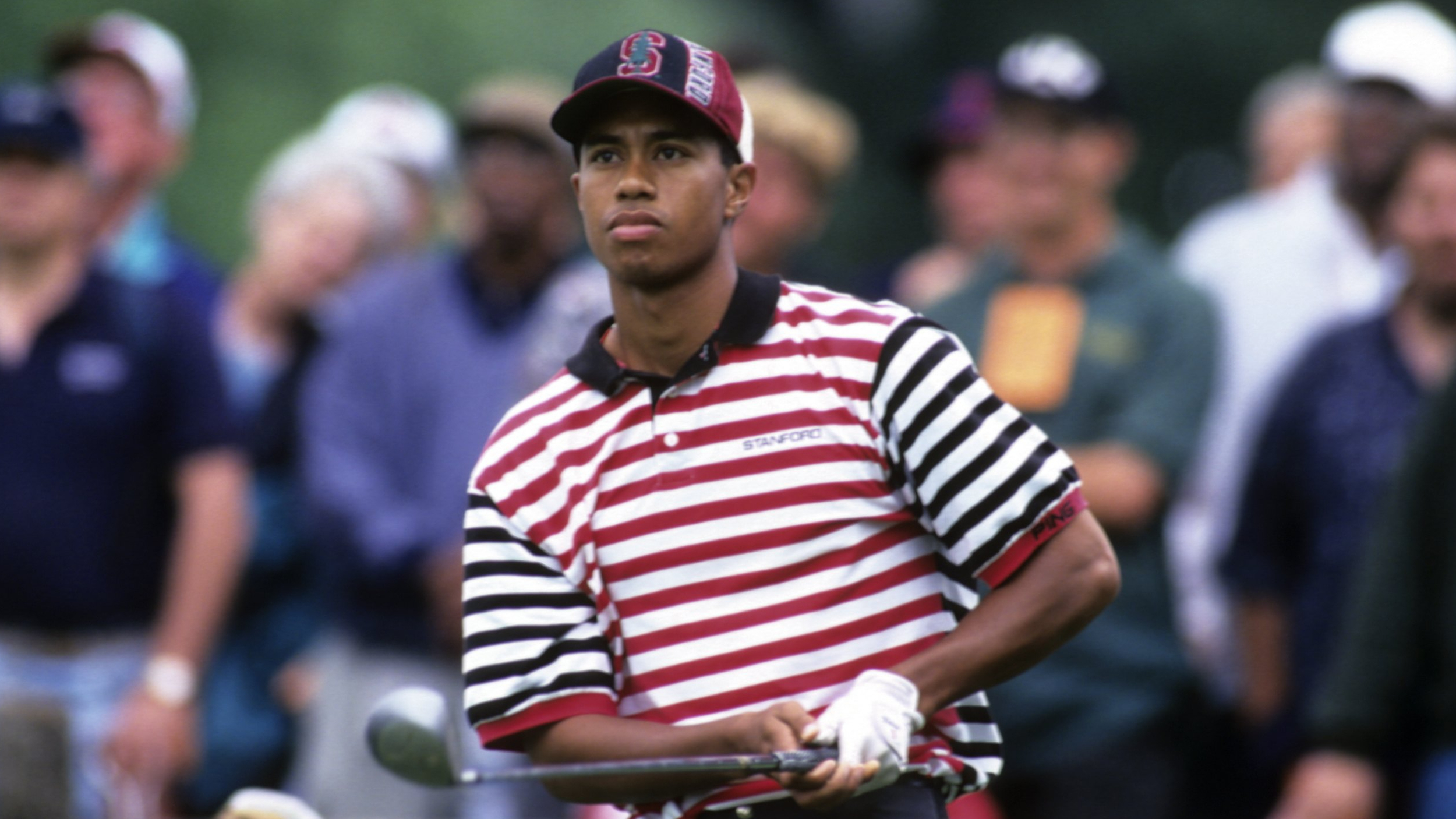 Where Did Tiger Woods Go To College?
Where Did Tiger Woods Go To College?Tiger Woods is arguably the greatest golfer of all time, but where did he go to college?
By Mike Hall
-
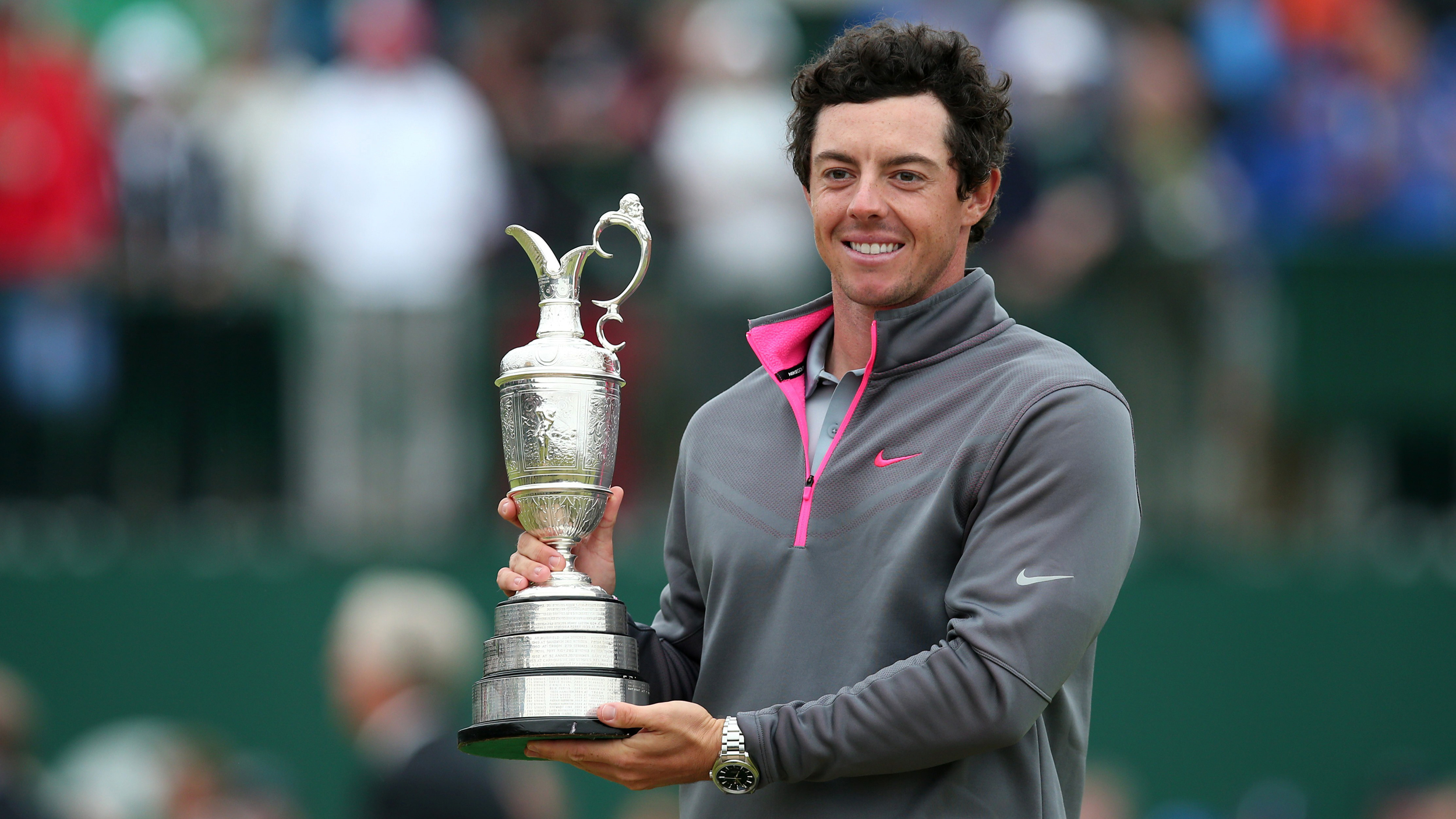 What Is Rory McIlroy's Open Championship Record?
What Is Rory McIlroy's Open Championship Record?We take a closer look at the Northern Irishman's results in golf's oldest Major Championship
By Michael Weston
-
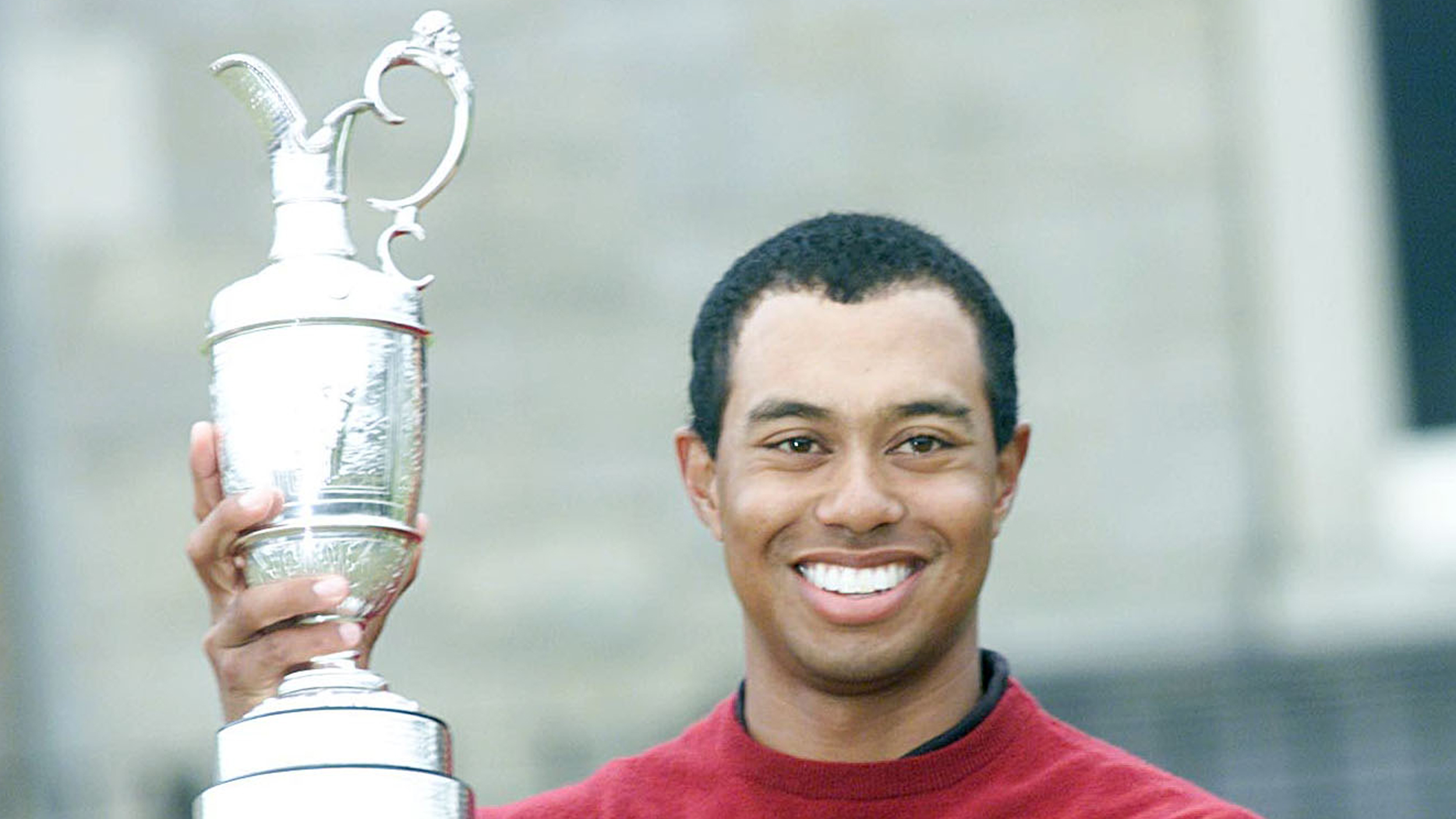 What Is Tiger Woods' Open Championship Record?
What Is Tiger Woods' Open Championship Record?We take a closer look at the 15-time Major winner's record at golf's oldest Major Championship
By Michael Weston
-
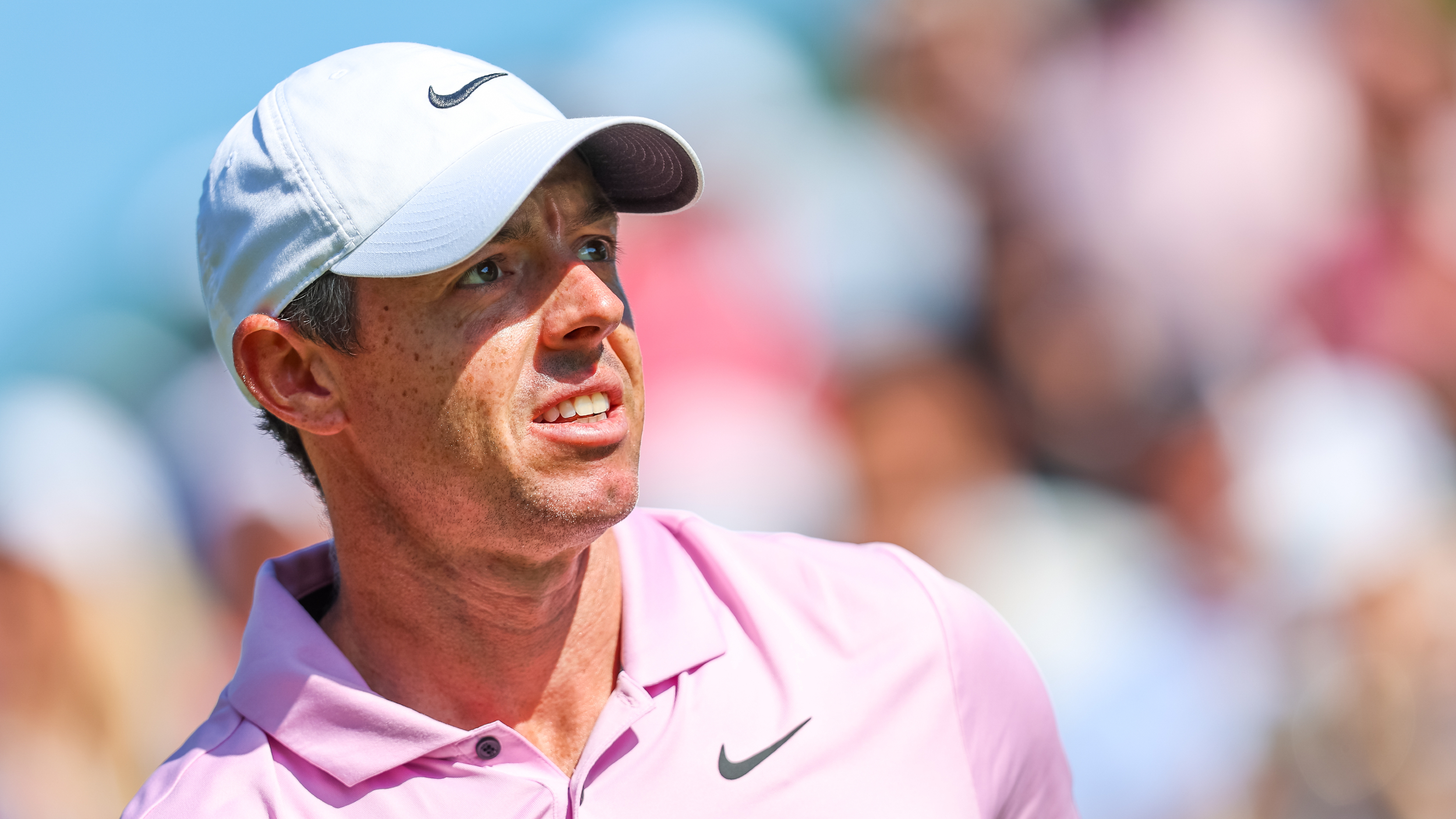 ‘He Is Too Good To Be Remembered As A Choker' - Golf Monthly Writers On Whether Rory McIlroy Can Bounce Back From Latest Major Heartbreak
‘He Is Too Good To Be Remembered As A Choker' - Golf Monthly Writers On Whether Rory McIlroy Can Bounce Back From Latest Major HeartbreakFollowing McIlroy's US Open disappointment at Pinehurst No.2 on Sunday, some of the Golf Monthly team discuss what is likely to happen to him next...
By Jonny Leighfield